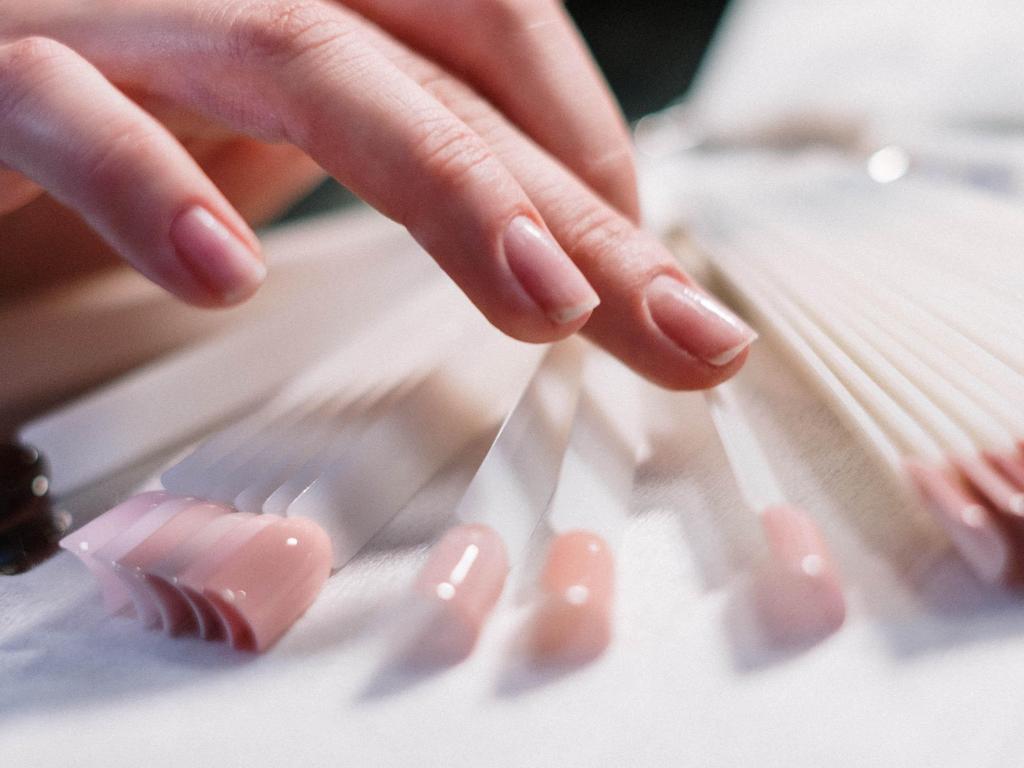Hydrosalpinx is caused by the lack of timely treatment for chronic pelvic inflammatory disease. It is often accompanied by fallopian tube adhesion and blockage. If not treated in time, it can lead to female infertility. Drug treatment has no obvious therapeutic effect, and surgery is the best option. Surgical methods:

- For fallopian tube adhesion, distal obstruction, and mild hydrosalpinx, procedures such as laparoscopic salpingostomy, periadnexal adhesion lysis, and fallopian tube anastomosis can be used to restore the normal anatomy of the fallopian tube and surrounding tissues, improve patency and function, and prepare conditions for natural conception.
- For severe hydrosalpinx or hydrosalpinx accompanied by obvious vaginal discharge, it is currently recommended to perform fallopian tube resection or ligation to block the adverse effects of inflammatory cells on the endometrium and provide favorable conditions for the next step of assisted reproductive technology.

